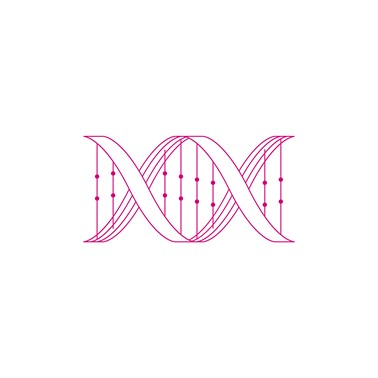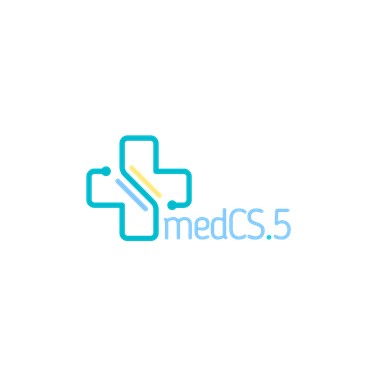Health and Life Sciences

In an interdisciplinary network, scientists are conducting basic and application-oriented research into digitalised healthcare, intelligent sensor technology, human-machine interaction, biomedicine, bioinformatics and next-generation active ingredients. In doing so, they make a nationally visible contribution to scientific progress in these fields and strengthen the Lusatia health region. With its customised study and training programmes, the profile line makes a significant contribution to the qualification of specialists for industry and science.
Example projects
THIEM:COTTBUS5G - Digital lead hospital
Dr.-Ing. Christian Herglotz, Chair of Computer Engineering
THIEM:COTTBUS5G is prototypically testing the extent to which fast, customised data transmission technologies can change the patient experience on the "journey" into and through a hospital and improve patient safety at hot spots of healthcare reality at the Carl-Thiem-Klinikum gGmbH (CTK) and in its catchment area. In THIEM:COTTBUS5G, technology development and technology impact research are focussing on the patient journey, while an Internet of Things (IoT), which is initially only defined in technical and informational terms and networks the available resources, is being further developed into an Internet of Services (IoS) in the service of sick people.
NeuroMiR - Multiparametric bead-based detection of miRNA signatures of neurodegenerative diseases
Prof. Schierack / PD Rödiger, Chair of Multiparameter Diagnostics
"NeuroMiR", a research alliance based in the Brandenburg region, which is funded by the Federal Ministry of Education and Research for the period 2022 to 2025 as part of the "RUBIN - Regional Entrepreneurial Alliances for Innovation" programme. The RUBIN alliance NeuroMiR has set itself the goal of establishing multiparametric bead-based and antibody-mediated diagnostics for relevant miRNA signatures. The aim of joint project 1 is to develop various test formats that will be integrated into the newly developed technology and enable the detection of biomarkers in plasma and serum.
AI Rescue - AI-supported data analysis and simulation of the rescue service
Prof. Fügenschuh, Chair of Engineering Mathematics and Numerical Optimization
The rescue chain, from the emergency call to the rescue centre, requires precise coordination of all those involved. Agent-based modelling helps to record the current situation and analyse changes. The aim is to provide rapid care for emergency patients, which requires various optimisation approaches: Resource dimensioning, shift planning, dispatching strategies, dynamic placement of rescue resources and selection of the target emergency room depending on capacity. Simulations in Lusatia show potential for the use of artificial intelligence to optimise the rescue chain at a strategic, tactical and operational level.
NEKSA - "Re-creating instead of adding" - designing the new nursing training curriculum in the state of Brandenburg
Prof. Herzberg, Chair of Educational Sciences and Vocational Education in Health Professions Professions
The Neksa project uses participatory research and development to develop, test and evaluate instruments for the implementation of the Nursing Professions Reform Act. The aim is to support curricular development at nursing schools under various requirements. In view of the Nursing Professions Act, the project is investigating how future nursing assistant training programmes can be designed in order to achieve an appropriate mix of qualifications. The Neksa-PAss sub-project extends the project to develop regulatory tools for nursing assistant training, taking into account the expertise from Brandenburg. In addition, the project aims to redesign specialised further training for nursing staff in a participatory manner in order to contribute to securing a skilled workforce.
medCS.5
Prof. Reichenbach, Chair of Computer Engineering, Prof. Panchenko, Chair of Cyber Security
The aim of the medCS.5 project is to analyse the patient data security and resilience of 5G infrastructures in the medical sector, to identify potential threats and to formulate recommendations for the security, design and operation of such networks. Various complementary methods, innovative technologies and novel algorithms and tests will be developed, validated and utilised for this purpose. In addition, it will be shown how the resilience of the network can be further strengthened by complementary new technologies and developments.



